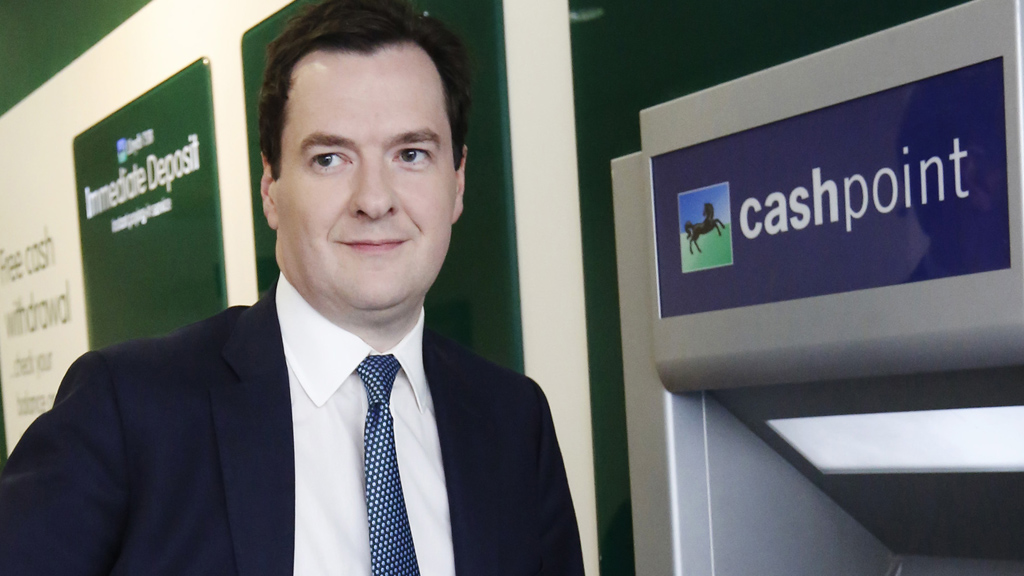The precision timing of Lloyds’ share sell-off
If anyone was in any doubt that the sale of Lloyds and RBS shares was politically motivated, Monday’s move by the Treasury was the proof that was needed.
Smack bang in the middle of the Liberal Democrat Party conference (although no doubt Danny Alexander will take some credit for the sale in his keynote speech tomorrow) and crucially just ahead of the Labour Party conference next weekend.
If you’re George Osborne, what better way to scupper the start of Ed Miliband’s moment in the sun than to tell the nation a Conservative-led government has finally started to undo the mess Labour got us all into?
Mr Osborne was quick to start getting that message out on Monday night as the shares were being sold in private transactions with investors.
Lloyds shares have been trading pretty consistently around the 77p mark, but the Chancellor decided today was the day to announce his intention to sell the first tranche of the public’s shares, five years on from the height of the financial crisis.
Even the less cynical among us would have to admit the timing is more than suspect.
It’s only a small amount – 6 per cent of the bank’s total shares and 15.5 per cent of the government’s entire holding. But this first share sale was never about size.
It was always going to be more psychologically important than anything else. As the government will no doubt have it tomorrow, the sale signals the start of a return to banking normality and fits in perfectly with the political narrative that the economy is now turning the corner.
How better to demonstrate that than to start the return to private hands of the banks that were forced into nationalisation.
And it will generate a big number too, roughly £3.3 billion from the share sale, although the net profit to the taxpayer will only be quite small given the shares are only trading slightly above where they were when bought in January 2009.
But the bank is certainly in a far better shape than it was back then, when the then Labour government under Gordon Brown had to step in and prop it up to the tune of £20 billion.
That was required after Lloyds’ disastrous – some say forced- takeover of the ailing bank HBOS, which was itself on the brink of collapse following an aggressive over-expansion and rampant lending to the property sector and corporates.
But as of the end of the first half of 2013, Lloyds managed to haul itself back to life, posting a healthy £1.6 billion in profits and a reduction in the amount of bad loans it needs to write off.
All of that persuaded the Chancellor that it would be politically astute to start the re-privatisation process sooner rather than later, provided the shares held up.
And they have. On average, the taxpayers’ stake in Lloyds was bought at 74pence a share so provided it sells the stake at current market levels of about 77p it will net a small profit.
No doubt Mr Osborne will hope the psychological lift of the share sale will help push up the stock price and, in turn, boost profits in the future, as the government sells down further chunks.
Of course that process could yet go on for a number of years, given the government will still own about a third of all Lloyds’ shares, even after today’s sale.
But the move will allow the Chancellor to hit the airwaves tomorrow and tell the nation a significant milestone has been reached and that a profit – however small- has been made for taxpayers.
Not a bad message to get out there as your political rivals take to the stage to attempt to chip away at your economic competence.
Although the same can’t be said of a sale of the taxpayer’s majority stake in RBS.
That’s still a long way off given the bank’s shares are trading way below the price the government paid for them.
So some success yes, but still a long way to go.

